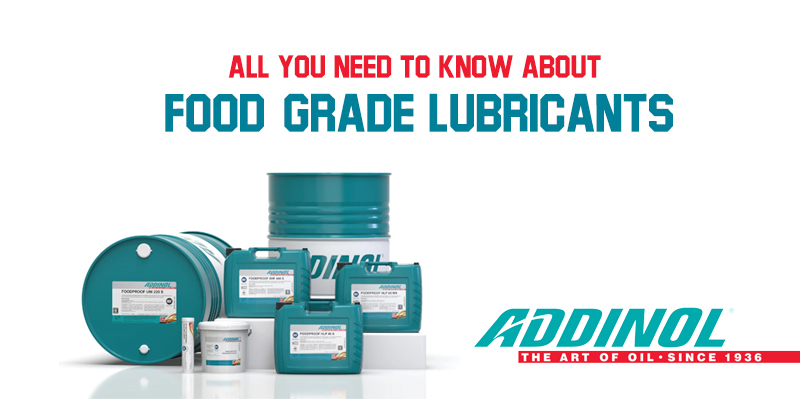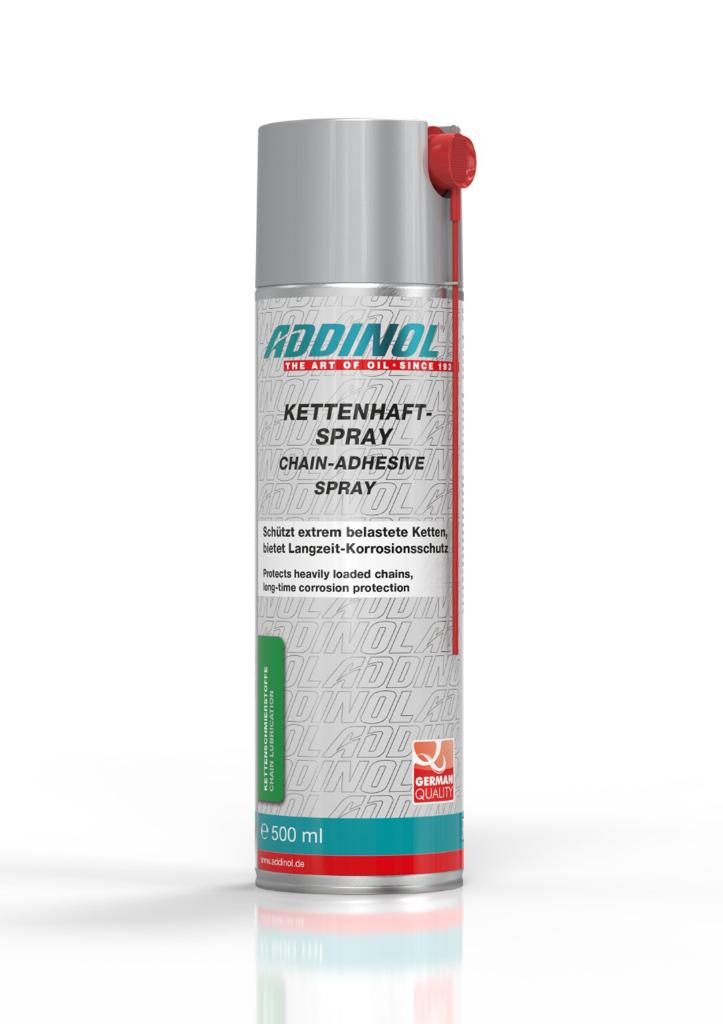A Food-grade lubricant is a type of industrial lubricant which is considered safe for incidental contact with items that may be consumed by humans or animals, as long as it does not exceed the permissible concentration. These lubricants must not only meet the high requirements for use in industrial machinery like gearboxes, compressors, hydraulic systems, and chains, but also comply with strict food law guidelines for the protection of the consumer.
Lubricants used in the production and packaging of food, beverages, animal feed, pharmaceuticals and cosmetics must not have any negative impacts on the quality of the product.
Certifications and Approvals
Lubricants are classified in compliance with food regulations and national stipulations by following several internationally accepted standards. A few of the certifications are discussed below:
NSF–
The American NSF (National Sanitation Foundation) is an accredited certification body that tests and certifies products to verify they meet public health and safety standards. It is the most significant classification of food grade lubricant worldwide. The NSF classifications are as follows:
NSF H1 Lubricants-
H1 lubricants are tasteless, odorless, physiologically inert and are suitable for “incidental, technically unavoidable contact with a food product up to 10 ppm.” They are used for machinery such as pumps, conveyor belts and mixers and for applications such as canning, blending, cooking, cutting, slicing, peeling, handling, bottling, and brewing.
NSF H2 Lubricants–
H2 lubricants are considered to be food grade but are not specifically food safe. These are used for machinery that does not come in direct contact with food, such as forklift.
NSF H3 Lubricants-
H3 Lubricants are additives that can be used in the formulation of food- grade products. These are edible oils and are safe for human consumption such as corn oil, sunflower oil, soybean oil or cotton oil.
Halal Approval
The halal approval requires the production of food according to the Islamic dietary regulations. To ensure this, Addinol does not use any animal products in the manufacture of our lubricants. In addition, all food lubricants are free of ethanol. This means, they are alcohol-free.
Kosher Approval
Kosher approval of food lubricants is subject to compliance with Jewish dietary regulations. Addinol guarantees that our lubricant doesn’t contain any animal ingredients.
Types of Food-grade Lubricants
Addinol has a wide range of food-grade lubricants that can cater to any industrial application possible. Addinol has formulated special high-quality food-grade lubricants to be used in:
- drives and gears
- chain lubrication
- hydraulic lubrication
- compressors
- vacuum pumps & so on
Challenges:
One of the challenges being faced in food industries are the persons who works with food machinery equipment’s does not mention anywhere that food grade lubricants are mandatory to be used in food industries.
To be continued……..


